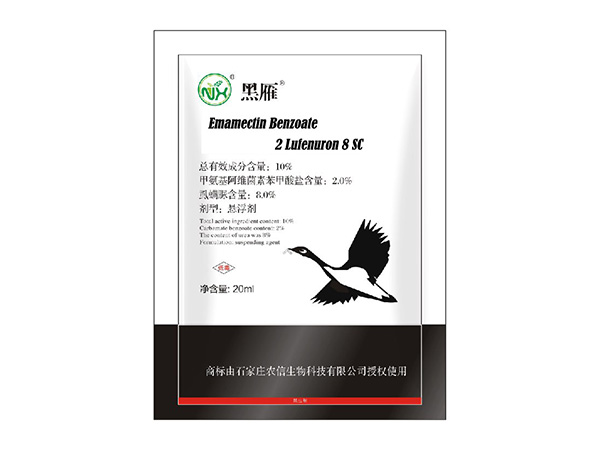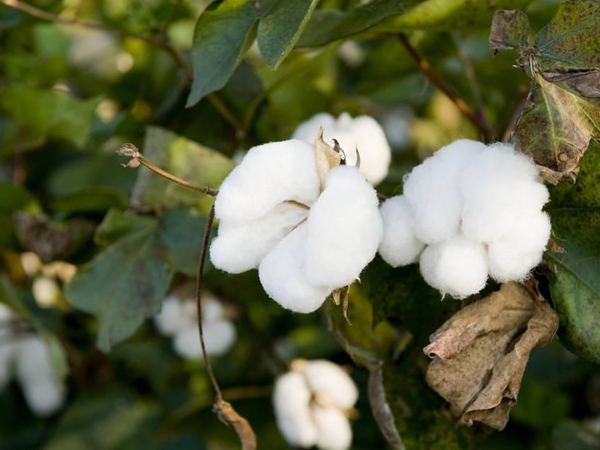Cotton pests and diseases are important factors affecting cotton yield and quality. Cotton mites, cotton blind mites, cotton leaf mites, cotton bollworm, seedling disease, wilt disease, verticillium wilt, bell disease, and other pests will occur in various cotton areas. Occasional pests such as cotton scorpion horse, Spodoptera B. tabaci, and red leaf stem blight will occur in different cotton areas.

The overwintering adults of Helicoverpa from the beginning of the adult to the end of the adult, contiguous use of cotton bollworm sex attractants, one dry moth trap and lure per acre; the area of the Spodoptera litura in the Yangtze River valley, Large-scale use of Spodoptera litura sex attractant, set a Noctuidae trap and lure per acre, clustering and trapping adults, reducing the amount of eggs in the field. The contiguous application of the biological food attractant is carried out in the form of strips 1 to 2 days before the main pests of the Noctuidae (H. bollworm, the ground tiger, the clover, etc.), every 50 to 80 meters in 1 Evenly applying the top leaf of the cotton plant can induce adult worms.

Highly efficient, low toxicity, environmentally friendly pharmacy
For the control of aphids, acetamiprid, nitenpyram, etc.; for the control of cotton blind mites, such as profenofos; for the control of cotton bollworm, for the use of indoxacarb, chlorfluazuron, doxorubicin,
emamectin benzoate, etc.etc.; prevention of blight, verticillium wilt, such as allicin, carbendazim, thiophanate-methyl.


